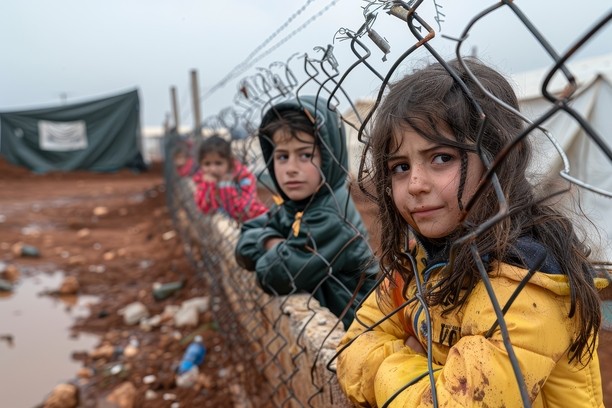

Canada introduced the Strong Borders Act on June 5, 2025—a major shift that reshapes how asylum seekers are assessed, heard, and processed. This new law affects people who arrive through official and unofficial crossings, potentially changing the refugee system as we know it. Here's an in-depth look at what this means for those seeking protection.
The Act limits full refugee hearings—where asylum seekers present their case before an independent tribunal—to those who:
If you cross the border informally or delay your claim, you may miss out on a full hearing and instead face a streamlined review.
Those who don’t qualify for a full hearing will be referred to a Pre-Removal Risk Assessment (PRRA), a process meant to determine if they'd be endangered if returned home. Unlike full hearings, PRRAs are quicker and more restricted—there’s no public hearing, fewer opportunities to present evidence, and no independent decision-maker.
This shift aims to reduce delays and manage overcrowded refugee backlogs, but it offers far less legal protection and scrutiny—raising concerns for those with complex or sensitive asylum claims.
The Act gives immigration officials expanded authority to pause or revoke immigration documents, including work permits and open claims, if it’s deemed in the public interest. This could disrupt ongoing asylum processes with little warning, forcing applicants to adapt or potentially face removal.
Stronger border powers include increased monitoring of communications and greater information-sharing among agencies. These measures aim to prevent fraud and security threats—but they also raise concerns about privacy and the potential misuse of personal data.
Several factors influenced this legislation:
Officially, the government says these changes restore fairness and efficiency, supporting people with legitimate claims while deterring system misuse.
The new rules will likely affect asylum seekers most impacted by:
Without full hearings, many won’t have the chance to explain their situation in a public forum fully. PRRAs’ limited scope may miss critical evidence, risking unfair outcomes and return to harm.
File promptly: You must apply within one year of arrival to qualify for a traditional hearing.
Seek legal help early: Legal counsel can guide you through claim processes and submissions, helping ensure your case is heard.
Stay informed: Monitor deadlines and procedural changes—missing deadlines could cost you your eligibility for full hearings.
The Strong Borders Act must still pass votes in both the House of Commons and the Senate and receive royal assent. Most expect it to become law by late 2025. However, public feedback, legal challenges, and parliamentary debate may refine or limit its powers before enforcement begins.
Proponents argue that prioritizing PRRA reviews saves time and fights exploitation—impacting fraud, smuggling, and security concerns. Critics believe these powers give officials too much control, reducing transparency and removing vital safeguards. Many worry decisions once debated publicly may now be made behind closed doors.
Once implemented, expect:
The ultimate test will be in practical use: will Canada’s asylum process become more efficient without losing its commitment to humanitarian values?
The Strong Borders Act marks a turning point in Canada’s refugee policy. It aims to balance compassion and control—yet invites tough questions about who gets heard and how fairness is upheld. If you're navigating the system as an asylum seeker, advocate, or legal professional, staying informed and proactive is crucial.
Interested in a breakdown of appeal rights, PRRA strategies, or what to do if your claim is suspended? Let me know—we can dive into it in detail.
Having an 'Identity Verified' badge or being 'Identity Verified' simply indicates that an individual has submitted information to complete our identity verification process or we have conducted internal verification using various authorized websites. While this process includes safeguards, it does not guarantee that the person is who they claim to be.
If you encounter any issues with this profile, please report them here. While all consultants who are verified have RCIC ID, we may not have the latest data in terms of their renewal/cancellation/discontinuation of their RCIC ID.
The "Verified Consultants" profiles are created using publicly available information, including data from the IRCC website, official consultant sites, other listing platforms, and social media. Immiperts.com is an independent platform, not affiliated with IRCC or any registered immigration consultants. To update, claim, or remove your profile, please contact us at [email protected].
╳